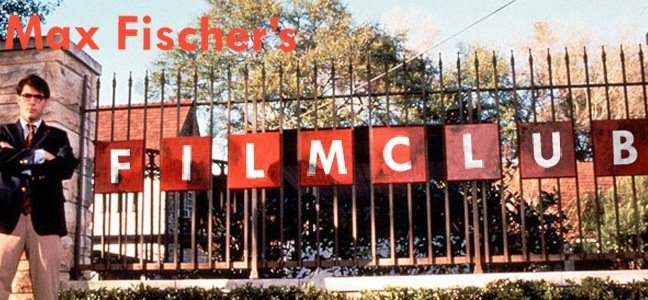Skim-viewing a couple of old horror films from the ‘video nasties’ era recently, it made me realise how much censorship and film-viewing has changed in this modern age. The films in question were Zombie Flesh Eaters from cult Italian filmmaker Lucio Fulci, and the then notorious Cannibal Ferox. Both, inevitably, have dated somewhat, but are competently made and feature some truly gory scenes (Flesh Eaters also provided an amazing sequence which even managed to make this jaded viewer sit up and take note - a zombie, while underwater, mounts an attack on an actual shark!). It’s hard to believe that a lauded, award-winning studio horror film like The Exorcist was denied a video certification in the same era as these two.
Back in my school days, these were the types of films which kids bragged about seeing, their over-stimulated imaginations embellishing the already horrific content. Even kids who hadn’t seen the films would attempt offer a blow-by-blow account of the narrative, relying on word-of-mouth and Chinese whispers, thus adding to the intrigue at the same time. Without doubt, all this helped to cement the (unjust) bad reputation these films received. In the rare occasion that a grubby horror VHS crossed your path, you would usually assemble your group of similarly minded friends so you could all partake in this illicit and thrilling viewing experience together.
Today, five minutes worth of Takashi Miike’s 2002 gorefest, Ichi the Killer (wildly available on DVD) contains more dismemberment, sexual depravity and outright gore than the entire back catalogue of these earlier films - something that doesn’t seem to bother a knowing, modern audience. While CG effects can be repulsively efficient, we are subconsciously aware that what we are seeing has been created digitally (although the advent of Avatar may change this). Back in the day, in-camera effects definitely added an extra squirm factor and were effective enough to send the censers into a spin.
Cannibal Ferox, a precursor to the likes of the Blair Witch Project, with its pseudo-documentary content, was minus the heavily-marketed campaign that its predecessor relied in an attempt to blur the line between reality and fiction. The eventual media over-saturation of the Blair Witch whittled away any initial mystery about its origins. Niche marketing of titles like ‘Ferox’ was non-existent back then, which helped maintain a welcomed level of mystery. Now, you are always a mouse click away from scenes of real death and violence, thus rendered this idea of ‘found footage’ pretty much redundant. The web has also contributed to the loss of intrigue surrounding films as fan pages and downloads galore ensures that once hard to obtain material is immediately downloadable. Ironically, I even watched the two films above on my friend’s PC. To counteract this, and on a pleasingly retro note, I had the chance recently to watch a ripped, muddy-looking copy of the latest Rambo film on DVD. This added nicely to the overall effect that I was back in 88’, watching an old-school shlocky action-adventure, enhancing my appreciation of an overwise crappy film.
I wonder how the next generation of curious film aficionados would have reacted to modern horror films, particularly those in the ‘torture porn’ sub-genre, if they had been presented to them as a shoddy, several generations-old VHS tape, with little or no knowledge of the content beforehand. Would these films (many of which with the exception of the two Hostel flicks, have now disappeared from the cultural radar completely) have achieved a similar mythical status?
Tuesday, 16 February 2010
Subscribe to:
Comments (Atom)




